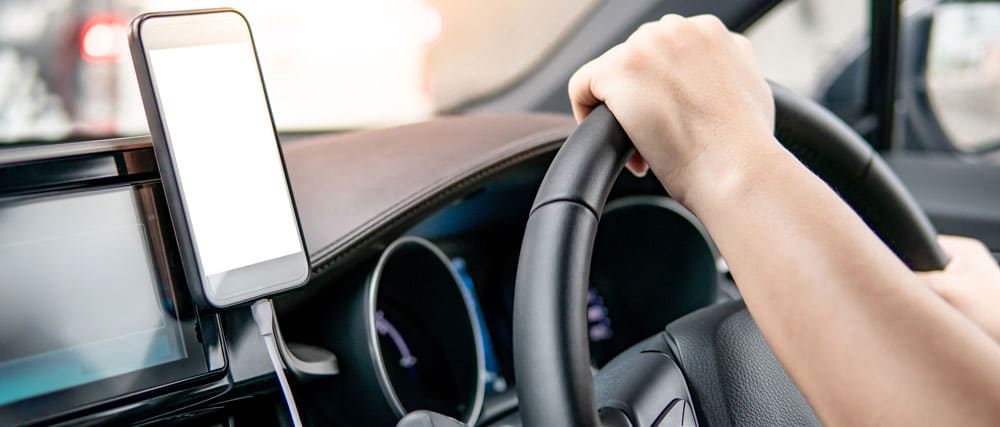L & P Plate Restrictions In ACT

Whether you just got your Ls or have passed your hazard perception testing and other requirements to get your Ps, learner and provisional drivers alike need to know about this driving laws update in 2020 – so get the details you need below.
Requirements For Learner Drivers To Become P1 Drivers
In addition to a number of restrictions, learner drivers must pass a Hazard Perception Test (HPT) after completing:
- Drivers under 25 years of age must practice supervised driving for 100 hours, including 10 hours of night time driving practice.
- Drivers aged 25 or older are required to complete a total of 50 hours of supervised driving hours including a minimum of five hours of nighttime driving.
In addition, after getting their Ps, under 25 year old drivers must hold their P1 licence for 12 months before qualifying for a P2 licence, under the new graduated licence scheme.
Reduction In Demerit Points From 12 To 4 For L & P Platers
Previously, L and P platers alike were able to get up to 12 demerit points without losing their ability to drive. The demerit point threshold is now 4 for L, P1, and P2 drivers alike.
That means that even a simple violation like speeding could take you up to the 4 demerit threshold, depending on the situation – so obeying the law when driving is more important than ever on ACT roads for L and P plate drivers.
New Total Mobile Device Ban
You cannot use your mobile phone as an L or P plater in ACT. There is a new total mobile device ban, including for hands free use.
If you use your phone while driving – even with hands-free devices – you may get 3 or 4 demerit points depending on the circumstances, which could result in the suspension of your Ls or Ps.
There are only two exceptions to this new law.
- L & P Platers can listen to music and podcasts if the phone is secured in an approved holder, and it does not require any kind of interaction when driving, including by voice.
- L & P Platers can use mobile devices for GPS if the mobile phone is secured by an approved holder and does not require any kind of interaction when driving, including by voice. Drivers must set up their GPS instructions before beginning to drive.
Peer Passenger Restrictions For P1 Platers
You will hold your red P1 plates for 12 months, and you will be subject to late-night peer passenger restrictions. You may only have one peer-aged passenger between the hours of 11pm and 5am.
Exemptions apply for employment, education purposes, and for family members. Once you hold your P1 plates for 12 months and get your green P2 plates, these restrictions will no longer apply.
Additionally, if you are 25 years or older when you get your Ps, you will go directly to the P2 stage, skipping the P1 stage and passenger restrictions, though you will still need to display P2 plates for 3 years (1 year P1 + 2 years P2) before getting your full licence.
L & P Platers Can Learn More About Road Rules & Stay Safe With Driving Instruction
Whether you just got your Ls or your Ps in ACT, it’s always a good idea to learn as much about ACT road rules as you can, and to learn how to drive safely. For driving lessons in Canberra, book today with LTrent Driving School, and make sure you are prepared to handle any situation on the road!
Frequently Asked Questions
How long do you have to be on P plates for in the ACT?
In the Australian Capital Territory (ACT), the duration for which a driver must be on P plates is three years. This period consists of two stages:
- P1 Stage (Red Plates): This is the first stage where the driver needs to display red ‘P’ plates for the first 12 months. There are also restrictions regarding late-night peer passengers during this stage.
- P2 Stage (Green Plates): Following the P1 stage, drivers must display green ‘P’ plates for the remaining two years of the provisional licence period.
It’s important to note that if the driver’s licence was issued when they were 25 or older, they will go straight to the P2 stage conditions for the entire three-year provisional licence period.